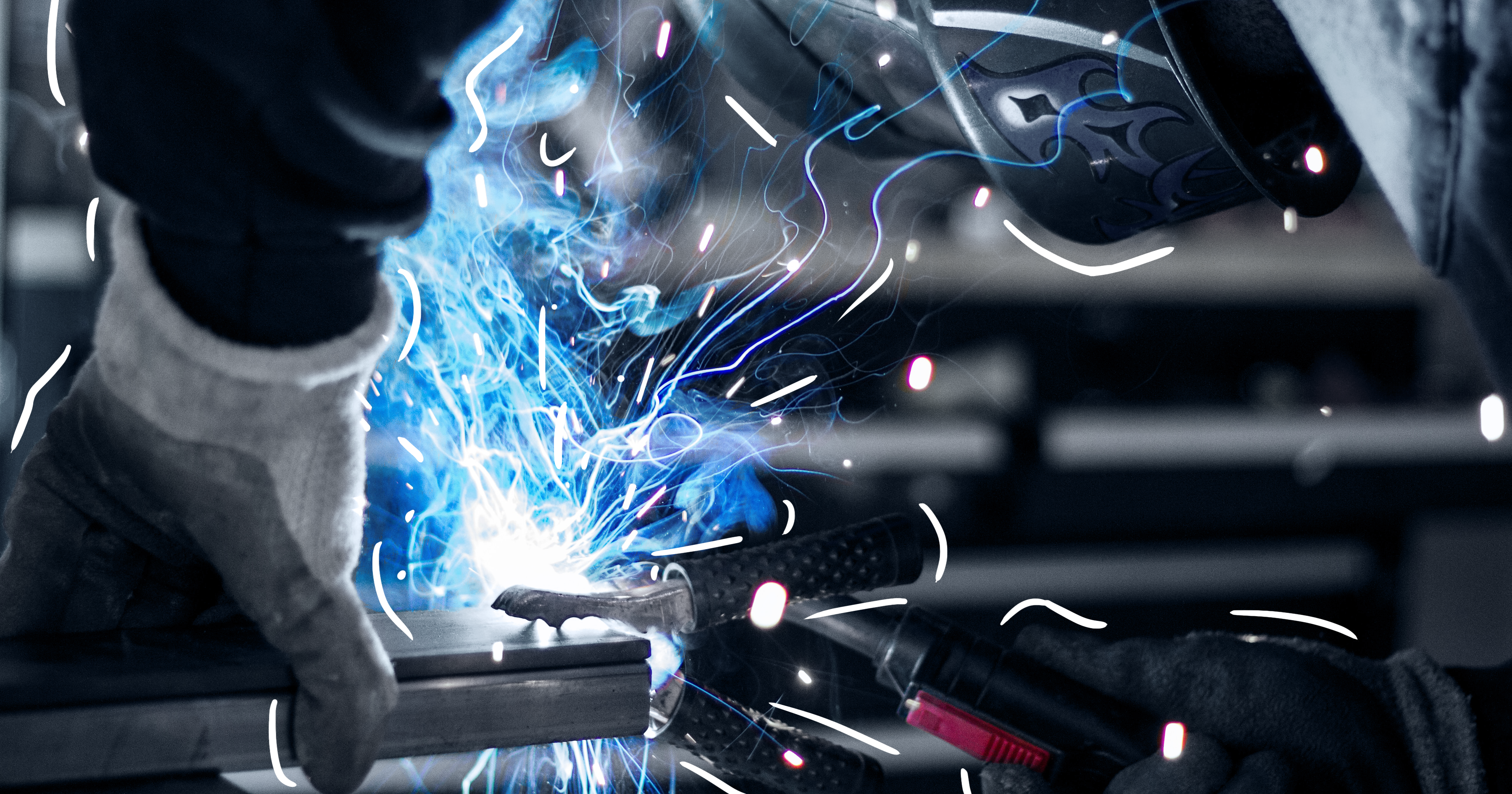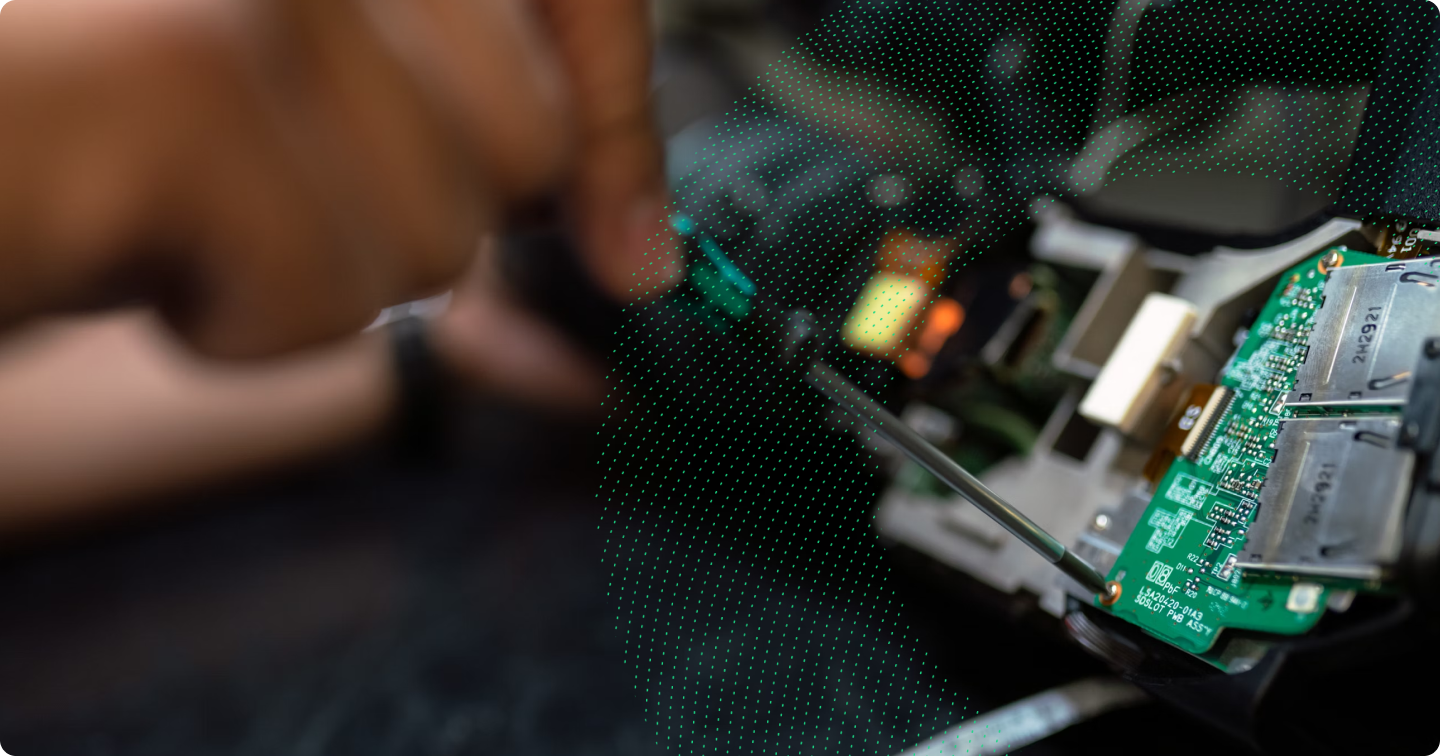The Invent Here, Make Here Act was recently introduced to the U.S. Congress by Senator Tammy Baldwin (D-WI) and Senator J.D. Vance (R-OH). This proposed legislation addresses concerns surrounding the commercialization of taxpayer-funded research and its impact on domestic manufacturing.
The Act proposes a significant shift in the way federally-funded inventions are licensed, pressuring entities that receive federal funding to exclusively license new products to American manufacturers. Additionally, the legislation would prevent waivers for license applications intending to manufacture in a “country of concern,” such as China, North Korea, Iran, and Russia. The bill builds on the National Defense Authorization Act, which limited these barriers to funding from the U.S. Department of Homeland Security.
Presently, while there is a requirement for federally-funded inventions to be manufactured in the United States, this provision is often waived, leading to the licensing of technologies to foreign companies and their subsequent manufacturing in countries like China. In 2022, an NPR article found that UniEnergy Technologies’ battery technology was licensed to a Chinese company after being invented in a U.S. federally funded lab. This event sparked outrage and became the inspiration for Senator Baldwin and Senator Vance’s bill.
On July 28, 2023, President Joe Biden signed an Executive Order to prioritize the policy of the Act. This Executive Order, while not enforcing, strongly encourages federally funded entities that receive any kind of funding to exclusively license new products to American manufacturers. Furthermore, it instructs the majority of agencies to migrate their reporting obligations to a singular reporting portal, iEdison by the National Institute of Standards and Technology, by the end of 2025. The Executive Order additionally encourages federal agencies to prioritize domestic manufacturing in their R&D award solicitations. Finally, it aims to amend the U.S. Department of Commerce’s waiver questions and prompt more specificity when justifying foreign manufacturing outsourcing.
How will the Invent Here, Make Here Act impact technology commercialization efforts in R&D?
Increased Domestic Manufacturing
American companies working with federally funded researchers based in the U.S. are likely to have a licensing advantage. Due to the government’s preference for domestic licensing, federally funded researchers are more likely to be renewed for funding if their technologies are licensed within the American manufacturing ecosystem. International companies intending to manufacture American technologies abroad will need to be mindful of this advantage and work with federally funded researchers when negotiating logistics.
China is Off Limits
Since the unveiling of the Chinese government’s “Made In China 2025” plan, China has rapidly increased its manufacturing capabilities to position itself as a primary high-tech manufacturer within the global marketplace. However, due to the waiver exclusion of China for foreign manufacturing, companies who were planning to license American technologies to Chinese manufacturers will need to rethink their supply chain strategy.
More Hoops to Jump for Waiver Justifications
If a company is determined to manufacture outside of the United States, they will have to be ready to answer the amended U.S. Department of Commerce’s waiver questions. These questions require more detailed information as to why an American technology cannot be manufactured domestically. Below are several examples of the form:
- How the waiver will be used
- Why it is important to bring the invention to market
- Any potential economic or national security impacts to manufacturing outside of the United States
- What domestic manufacturing and United States job benefits will occur by bringing the invention to market
- The conditions that the invention will be manufactured in abroad (ie. unionization of workplaces, health and safety standards, labor and wage laws, and environmental impacts)
The Invent Here, Make Here Act encourages domestic manufacturing and is reshaping the R&D landscape for American companies. While it promotes American innovation and competitiveness, it also imposes new challenges and considerations for companies engaged in international R&D partnerships. As this legislation continues to shape the future of technology commercialization, businesses will need to navigate its provisions strategically to maximize their opportunities in the evolving global marketplace.








